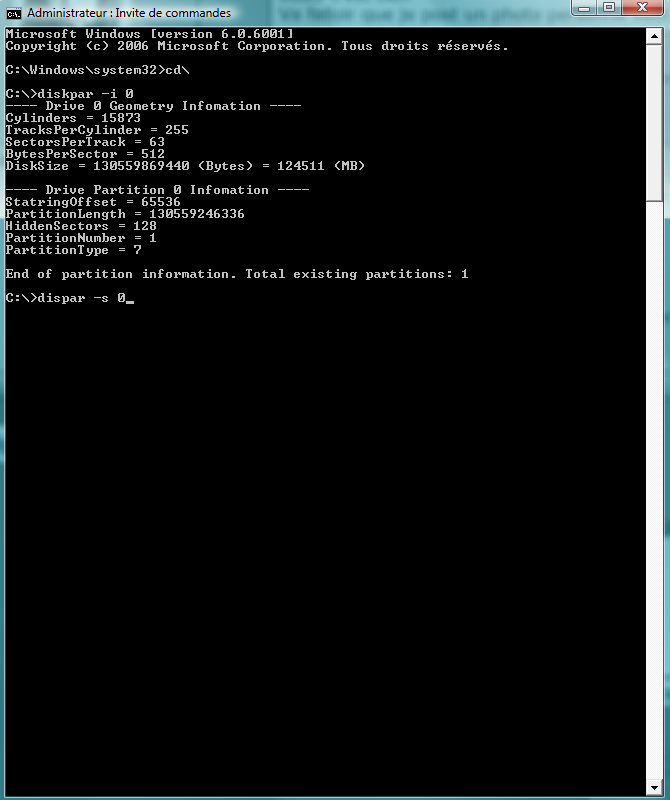Our DSS is still alive. It is almost two months that we write constantly on an SSD-based controller Indilinx and he just passed an average wear of 5000 cycles (5150 cycles this morning), which means that if it used the memory at 34 nm, it would be (very) bad shape. But our model uses memory Samsung MLC-up to ~ 10 000 entries (K9HCG08UIM) and will therefore have to wait a bit ...
For information, the average number of cycles was 1 761 at the beginning of our tests and we've been writing about 300TB (297,180 GB exactly) from a Velociraptor. To answer a frequently asked question, the SSD of 128 GB and it is filled with a 1 GB file is copied and deleted in a loop. The test machine is running Windows 7, with the TRIM activated, and the SATA controller is an Intel ICH9.
We repeat, life is a real problem for us, in the sense that even with the memory in 25 nm, the lifetime use in practice considered normal is very high. Manufacturers consider that a typical user does not write more than 2 to 3 GB per day and that users 'advanced' reach just under 10 GB Even with a 32GB SSD in 25 nm (one of the worst cases in terms of wear), we can consider that it will resist almost 25 years.
In fact, we have not yet seen DSS failed because of the memory itself and in practice, the Service would take over. And we must also take into account one thing: the rapid evolution of SSD. The day when SSD is excessively worn, simply replace it with a model "modern" that offer more capacity and performance at a lower price.
Conclude with a point, reliability. If life "programmed" poses a problem, we must realize that hard drives are not really reliable. Even if a disk drive can operate for decades without any problem, this is not the norm. The numbers of our colleagues Hardware. en, even if they are biased in some respects - they come back as a shop - clearly show that the problems are not more numerous than on the hard drives. 


For information, the average number of cycles was 1 761 at the beginning of our tests and we've been writing about 300TB (297,180 GB exactly) from a Velociraptor. To answer a frequently asked question, the SSD of 128 GB and it is filled with a 1 GB file is copied and deleted in a loop. The test machine is running Windows 7, with the TRIM activated, and the SATA controller is an Intel ICH9.
We repeat, life is a real problem for us, in the sense that even with the memory in 25 nm, the lifetime use in practice considered normal is very high. Manufacturers consider that a typical user does not write more than 2 to 3 GB per day and that users 'advanced' reach just under 10 GB Even with a 32GB SSD in 25 nm (one of the worst cases in terms of wear), we can consider that it will resist almost 25 years.
In fact, we have not yet seen DSS failed because of the memory itself and in practice, the Service would take over. And we must also take into account one thing: the rapid evolution of SSD. The day when SSD is excessively worn, simply replace it with a model "modern" that offer more capacity and performance at a lower price.
Conclude with a point, reliability. If life "programmed" poses a problem, we must realize that hard drives are not really reliable. Even if a disk drive can operate for decades without any problem, this is not the norm. The numbers of our colleagues Hardware. en, even if they are biased in some respects - they come back as a shop - clearly show that the problems are not more numerous than on the hard drives.



No comments:
Post a Comment